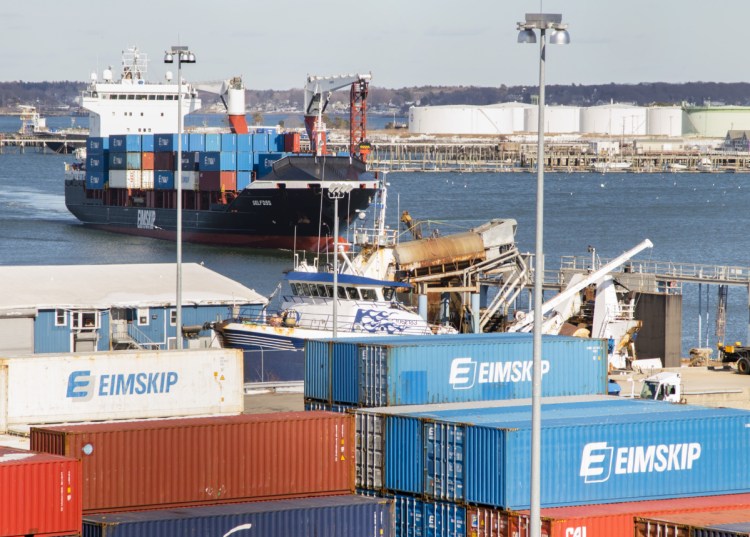The decision by Americold to abandon plans for a cold-storage warehouse on the waterfront (June 25) leaves many open questions. Americold’s comments suggest its decision was related to both the cost of building on the site and the size of the potential market for cold storage in Maine. In the end, Portland is left having completely revamped its waterfront zoning to accommodate a building that was apparently too large and expensive for what the market could bear. Two lessons stand out.
First, let’s not confuse what is required to advocate for a project with a sober analysis of the costs and benefits for the state, the city, the business community and the neighborhood. The projections supporting the Americold project were excessively optimistic with the specific objective of winning zoning change approval. I believe Maine needs more cold-storage capacity, but it has to be sized to the market, and the market has to be willing to pay for it.
Second, let’s not assume that the involvement of neighbors who have vested interests in the outcome of projects like this is simply an expression of NIMBYism. The neighborhood groups never opposed a cold-storage warehouse and still do not. Many of us simply argued for a slightly smaller cold-storage building more tailored to the needs of Eimskip and the port. This appears to be where we are headed now that the Maine Department of Transportation is leading the project.
It is important to remember that the community was involved in this evaluation precisely because Americold required a zoning change to allow for a super-sized building. If a developer is going to require a change in zoning and use city and state resources to support their business, it is necessary and appropriate that we ensure that the benefits for stakeholders outweigh the costs.
Tom Robinson
Portland
Send questions/comments to the editors.


